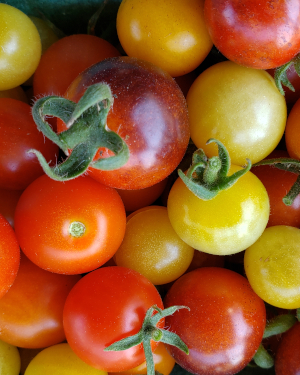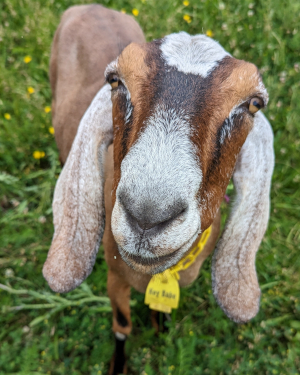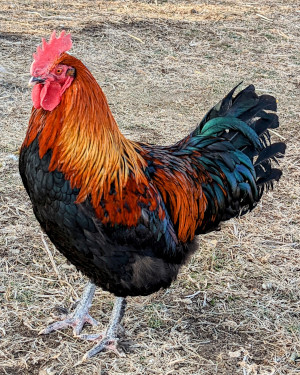You don't just put a plant in healthy soil and watch it grow - plants help create healthy soil (in fact, you can't keep soil healthy without plants). It's an incredible, symbiotic relationship between plants and microbes. Here's how it works...
Plants need sunlight, water, air, and 17 different macro and micro nutrients to survive and be healthy. As for sunlight, I'm sure you've heard of photosynthesis - the process by which a plant turns energy from sunlight into energy it can use to live and grow. For this to work, the plant must first absorb water through their roots, which gets transported to the leaves. Then specific cells in the plant's leaves use the sun's energy to split the water molecules into hydrogen and oxygen, and two energy-carrying molecules are created. Next, small pores in the leaves absorb carbon dioxide (which is coming out of the soil - more on that later). The carbon dioxide is combined with those energy-carrying molecules, and carbohydrates are created.
The plant keeps some of these carbohydrates for its own use, but as many as two-thirds of these carbohydrates are mixed with amino acids and other compounds, and are secreted through the plant's roots.
Enter... the microbes.
These root exudates do a variety of things. They attract specific microbes that extract nutrients from the soil, they feed these microbes, and some exudates can even repel certain organisms (like nematodes), or other plant growth or seed germination. They can also affect the pH of the soil. Some of the microbes that feed on the material secreted by a plant's roots consume other, harmful microbes. Many of the minerals found in soil are in a form that is inaccessible to plants. Bacteria consume them, then they are consumed by protazoa, which are in turn consumed by earthworms, and by the time all of these living organisms have excreted their waste into the soil, the nutrients they extracted become bioavailable to the plants growing in the soil.
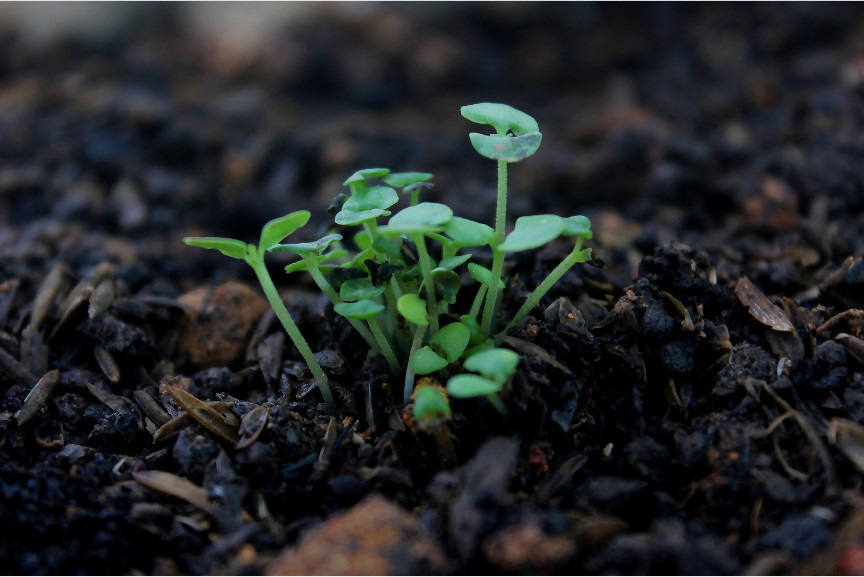 Plants growing in healthy soil
Plants growing in healthy soil
A key element in healthy soil is carbon. We often talk about this as organic matter. All of the lifeforms that exist in the soil (bacteria, protazoa, plants and their roots, fungi, nematodes, earthworms, etc) eventually die, and the carbon in their remains feeds still more soil microbes, who respire carbon dioxide, which is absorbed by plants to use during photosynthesis, as described before. In an unhealthy system, much more carbon dioxide is being released than is being used by plants. (And too much carbon dioxide in the atmosphere is a major contributor to global warming). More CO2 being released by microbes than plants can use can be a result of there not being enough plants growing to absorb it all, (possibly due to inhospitable soil conditions), but can also be caused by tillage.
The microbes that consume carbon-rich material and respire carbon dioxide are oxygen-loving. In healthy soil, the soil is loose and friable, so there is enough oxygen for them to survive and multiply. But when soil is tilled, it gets a huge influx of oxygen all at once, and the microbial populations go wild, multiplying and feasting on carbon and pumping out carbon dioxide. But there's no plants left growing after being tilled, so all that carbon dioxide goes into the atmosphere.
And when the carbon gets consumed and depleted in this unnatural process, the soil winds up with far less in the long term.
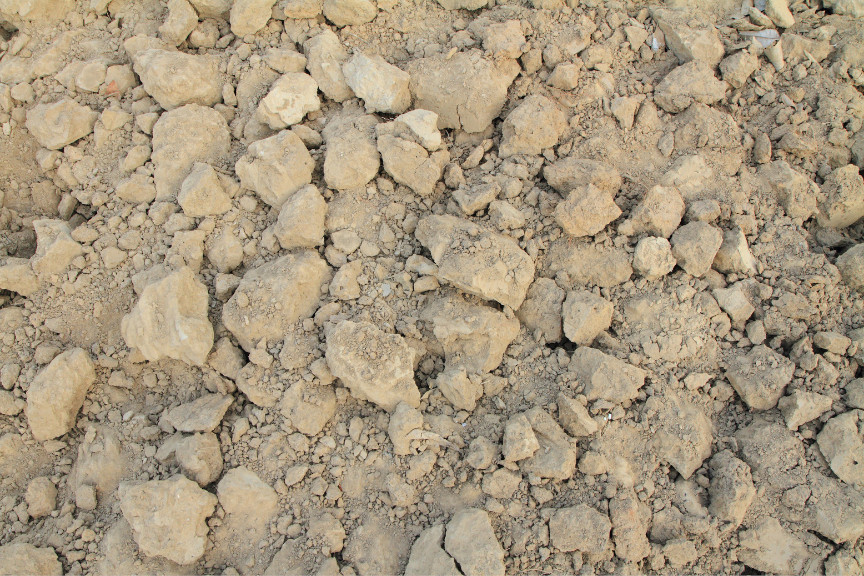 Soil devoid of organic matter
Soil devoid of organic matter
But enough about what healthy soil looks like. What does it do for the health of our plants and nutrition of our food?
When the right nutrients are made abundantly available to plants through microbial activity, and they are able to absorb them to their maximum capability (with the right amount of water and oxygen, and correct pH), plants are capable of doing more than surviving (and bearing fruit, if it's a fruit-bearing plant). They can create plant secondary metabolites, also known as phytonutrients. Plants can only create these when all their needs are being met, and they have benefits for the plant as well as for humans, when we consume the plant. Some phytonutrients make plants resistant to, or undesirable hosts for disease or insect pests. Others make them less sensitive to UV radiation. And these compounds, while not essential for human life, can have big impacts on our health (they can also make the plant more vibrantly-colored, and they even contribute to taste!)
You've probably heard of beta-carotene, lycopene, anthocyanins... these are just a few examples of phytonutrients found in food. There have been over 25,000 different phytonutrients identified to date. And HERE'S the point I've been getting to all along: plants grown in soil that is not optimally "healthy" are lacking in phytonutrients compared to their counterparts that were grown in healthy, biologically active soil. This is the reason why it's so important to understand where and how your food was grown. Don't get me wrong - there's still a lot to say for organic practices that don't involve dumping a bunch of compounds of questionable health and environmental safety all over our planet. But as far as producing the most nutrient-dense food goes, healthy soil is where it's at. And a lot of mass-produced crops found in grocery stores were grown in a system that prioritizes profits over quality, especially if it's impossible for the consumer to see the nutritional quality. (And once again, to be fair, the margins for farmers growing for grocery stores are often so low that they can't afford not to prioritize profits).
But consumers do have a choice. When you buy direct from a farmer, you can choose to support a farmer whose growing practices focus on creating the healthiest soil, and thus the healthiest food. Is the food on your table as healthy as it could be?



